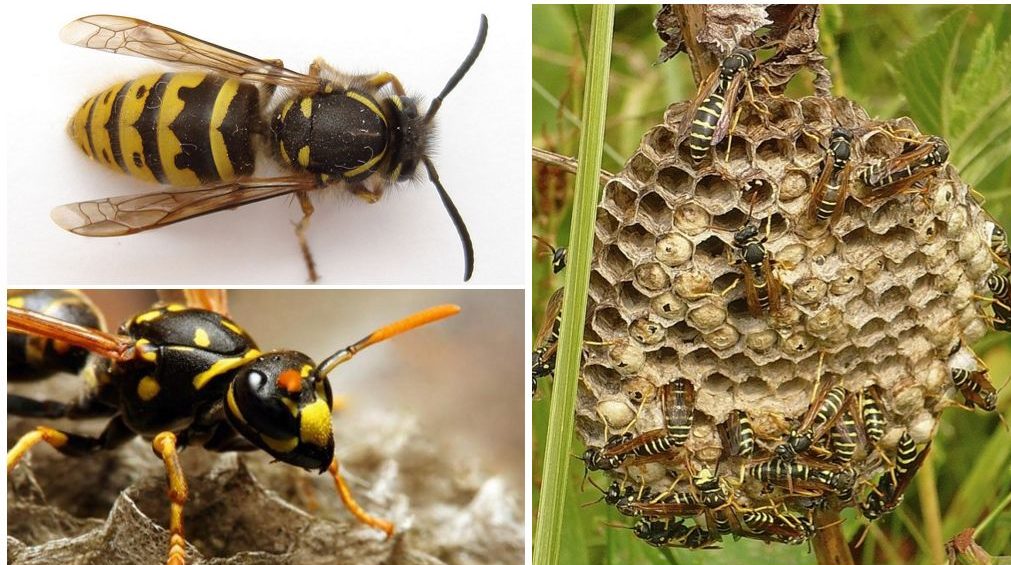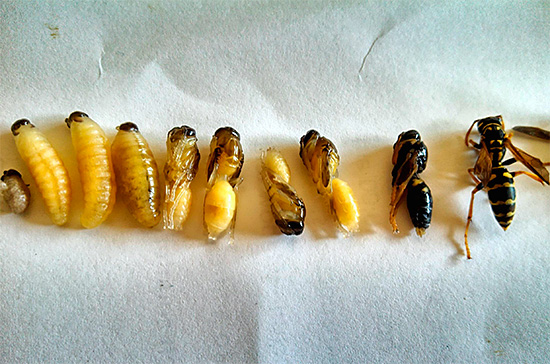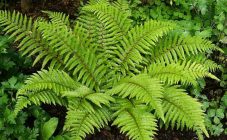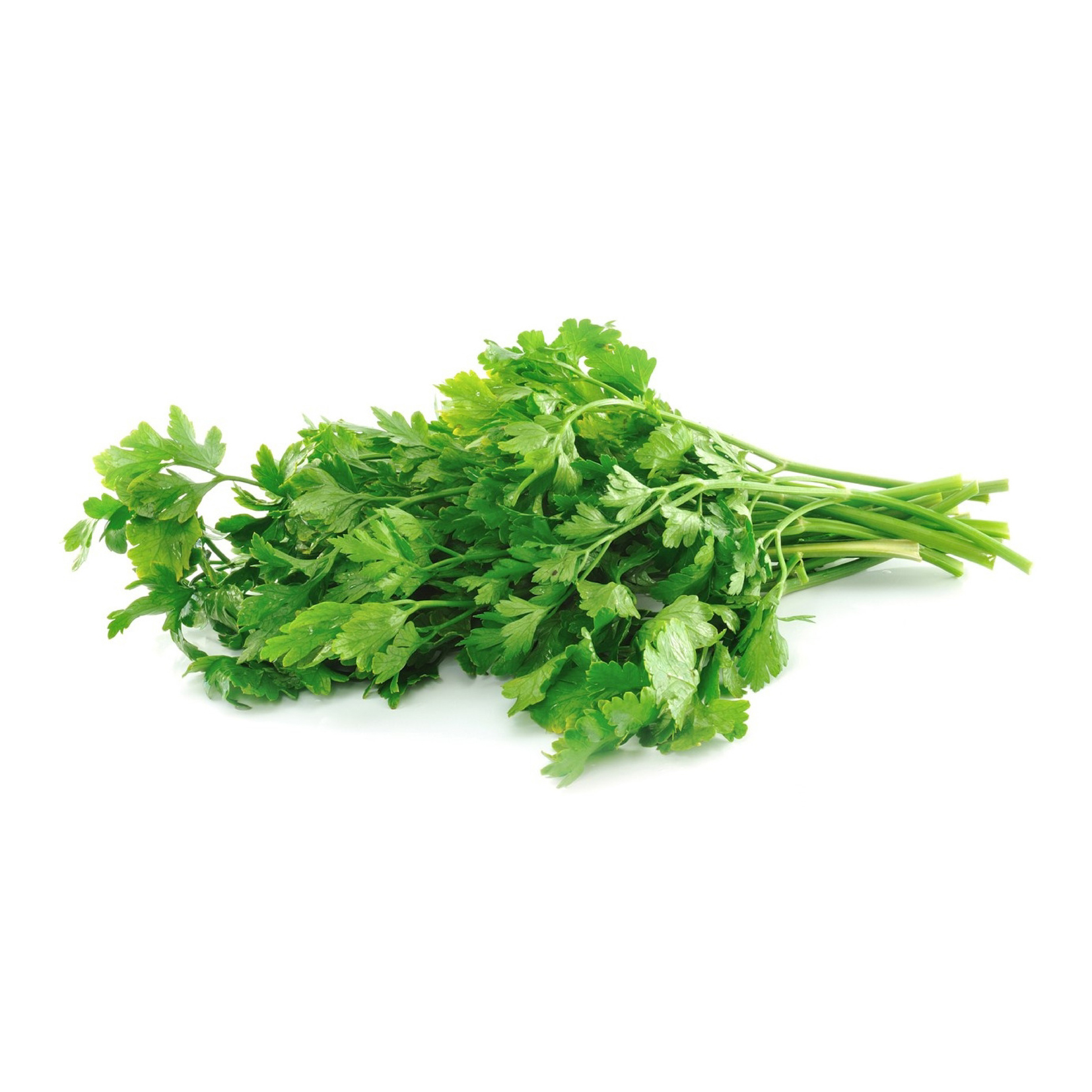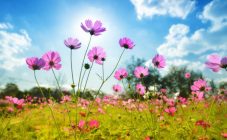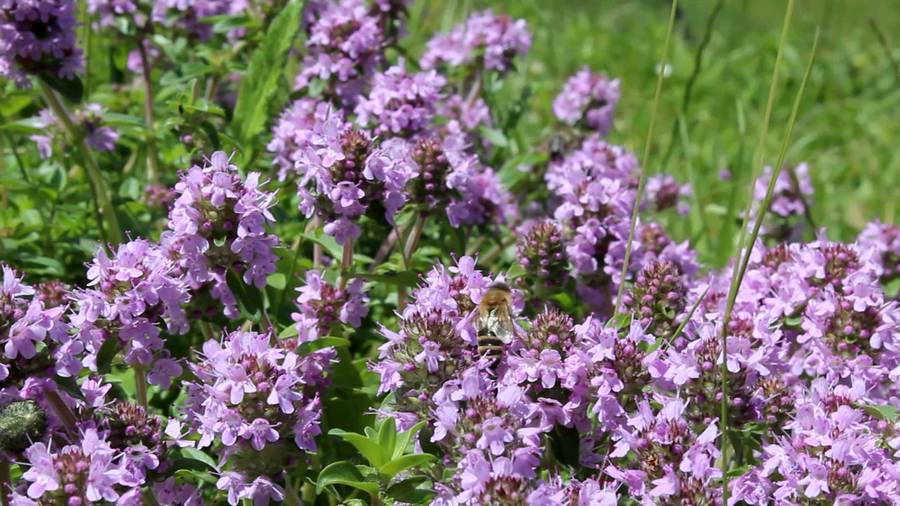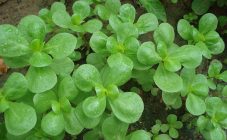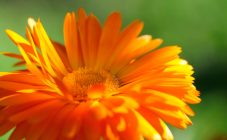Content:
Each hornet's nest is an amazing microcosm that unites under its arches a colony of insects that exist according to unwritten rules and laws established by nature. Each resident of the colony performs the role assigned to him by the general schedule. The creator of this civilization and the full-fledged ruler is the womb wasp.
Does the wasp have a uterus
The wasp's uterus is a typical representative of the species to which it is directly related. In nature, there are more than a dozen species of this hymenoptera.
What does a wasp uterus look like?
Each species has its own characteristic external features.
- The most common color: a combination of yellow and black stripes all over the body.
- The wasp is also recognizable by its thin waist, as if drawn with a thread.
- In rare cases, wasps do not have wings and look more like grasshoppers in appearance.
- A sharp wasp sting has no barbs. This allows the insect to bite repeatedly without fear of getting stuck sting in the opponent's skin.
The only visible difference that distinguishes the uterus from among the many inhabitants of the wasp nest is its large size.
Numerous offspring
A much more important distinguishing quality is the ability of this individual to fertilize and reproduce offspring.
The hive, in which the larvae appear and grow surrounded by the care of adults, is carefully guarded. The guard wasps outside are ready to warn the population of the wasp house of the impending danger. In such a situation, the whole swarm will fly out to protect the home. Angry wasps can cause significant harm to the health of an uninvited guest.
Wasps are predatory insects. Unlike bees, wasps eat not only plant foods, but also animal protein. They do not disdain the corpses of other insects and organic waste of human life, for which they are rightly considered scavengers.
Hive life
Each species of individuals living in one hive strictly fulfills the duties assigned to it. This is facilitated by the constant cyclicity in the life processes of the wasp swarm, which are impossible without the participation of the aspen uterus.
The end of the summer
In the second half of summer, the hive begins to fade, the royal wasp that built it ends its life cycle.
Beginning of autumn
In the fall, working wasps also cease to exist, industriously feeding the growing larvae all summer and the wasp queen, who actively built and guarded the dwelling. All these individuals are female, but due to their infertility they perform the role of "attendants".
By this time, from the last larvae laid by the aspen by the queen, female females appear, capable of reproducing offspring.The males that hatched before this fulfill their direct mission and also die after fertilization.
Late fall
Future wasp queens leave the hive, huddle under the bark of trees or in the crevices of old wooden buildings and fall asleep in their secret shelters before the warm spring days. A dormant wasp can be found in attics and basements, in abandoned hollows and earthen burrows.
Spring
A wasp that has successfully overwintered flies out in the spring in search of a suitable place to build its hive.
In the forest and field, the nest may appear in the branches of an old tree or in bushes of tall herbaceous plants.
If, for some reason, the wasp uterus has chosen a place closer to people, then the nest may appear on the balcony or under the windowsill of an apartment building.
Early summer
Endowed with nature, like all wasps, with powerful jaws, the queen of the wasps carefully chews the wood particles extracted from her, turning them into building material for a new home.
Vespiary
The bulk of the building material depends on the living conditions of the wasp family. In areas rich in different species of trees, construction is carried out using bark and wood chips. These nests look like a large dusty ball of wool or a paper cocoon. In natural areas with a scarce supply of woody vegetation, clay grains of sand, particles of limestone, and in some cases crumbs from dried manure are used.
Construction begins with the creation of several small spherical cells, in each of which the wasp lays a larva. Construction is progressing at an alarmingly fast pace. Sometimes it takes a little more than a day from the beginning of the process to its completion.
The swarm numbers dozens of wasps, and sometimes thousands of individuals. A dwelling that initially looks like a walnut shell may end up being the size of a bucket.
Feeding
At this stage, the uterus has to simultaneously build a house, erect new premises, continue to lay larvae in them and get food for them.
At first, feeding consists of plant matter rich in sugars. They are found in many flowers and fruits and are collected in the surrounding nature or on the table of people living in the neighborhood.
For the full development of the larvae in the future, a lot of food is required, including protein. Therefore, the uterus, hitting a fly or other insect with its poison, kills the victim and butcher the resulting carcass like a real butcher.
Having separated the legs and wings of the defeated insect from the total mass, the wasp carefully chews the “fleshy” parts of the body with its massive jaws. The resulting softened lumps are given to voracious pets.
Midsummer
The first wasp babies born are deprived of the ability to reproduce. Their purpose is to build a hive and feed.
Infertile females feed on voracious larvae. They do not fly away from the nest at a distance of more than 100-150 meters. The proximity of human habitation eliminates the need to find food in nature.
The end of the summer
At the beginning of the second half of summer, it is time for the appearance of males. Behind them, females appear, intended for fertilization.At this point, the annual life cycle of the uterine wasp that built the hive ends and she dies.
Fall
In the fall, the nest is empty. The end of the life of the aspen uterus is the beginning of the life of new females, each of which will become the "queen" of her swarm next year.
The varied life of a huge aspen family depends entirely on the main character - the aspen uterus, which influences all stages of the existence of the hive.
